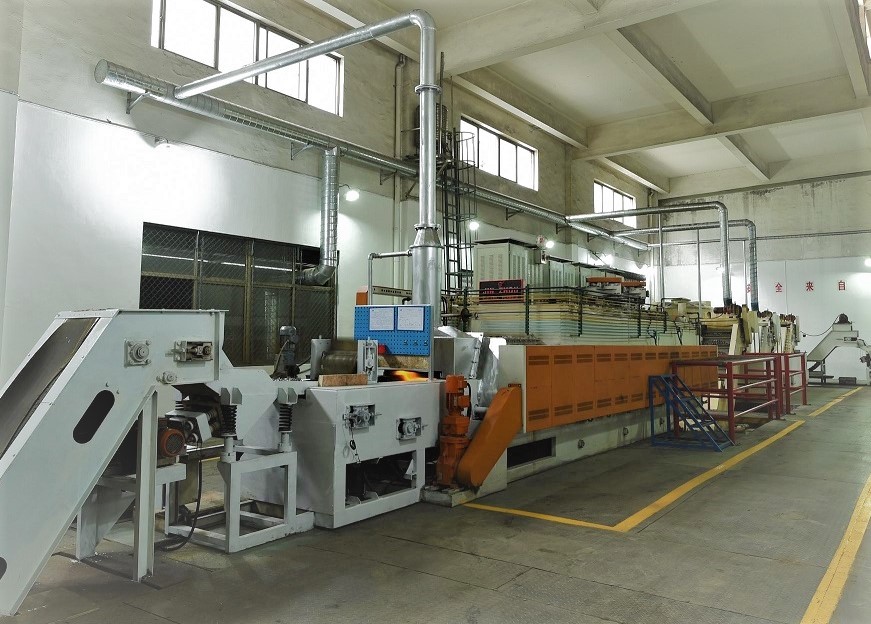Heat Treatment is the controlled heating and cooling of metals to alter their physical and mechanical properties without changing the product shape. Heat treatment is sometimes done inadvertently due to manufacturing processes that either heat or cool the metal such as welding, forming or MIM.
Heat Treatment is often associated with increasing the strength of material, but it can also be used to alter certain manufacturability objectives such as improve machining, improve formability, restore ductility after a cold working operation. Thus it is a very enabling manufacturing process that can not only help other manufacturing process, but can also improve product performance by increasing strength or other desirable characteristics.
Common Heat Treatment Process
- Heating/Hardening
- Quenching
- Tempering
- Annealing
HARDENING/HEATING
The hardening treatment for most steels consists of heating the steel to a set temperature and then cooling it rapidly by plunging it into oil, water, or brine. Most steels require rapid cooling (quenching) for hardening but a few can be air-cooled with the same results.
+hardness
+strength
– ductile.
Generally, the harder the steel, the more brittle it becomes. To remove some of the brittleness, you should temper the steel after hardening.
Many nonferrous metals can be hardened and their strength increased by controlled heating and rapid cooling. In this case, the process is called heat treatment, rather than hardening. To harden steel, you cool the metal rapidly after thoroughly soaking it at a temperature slightly above its upper critical point.
QUENCHING
Quenching is the rapid cooling , as by immersion in oil or water. It prevents low-temperature processes, such as phase transformations. For instance, it can reduce crystallinity and thereby increase toughness of both alloys and plastics.
Normally, hardening takes place when you quench a metal. The composition of the metal usually determines the type of quench to use to produce the desired hardness.
TEMPERING
After the hardening treatment is applied, steel is often harder than needed and is too brittle for most practical uses. Also, severe internal stresses are set up during the rapid cooling from the hardening temperature. To relieve the internal stresses and reduce brittleness, you should temper the steel after it is hardened.
Tempering consists of heating the steel to a specific temperature (below its hardening temperature), holding it at that temperature for the required length of time, and then cooling it, usually in still air.
Improves ductility and toughness
Reduces cracking
Increases impact resistance
Improves malleability
Decreases hardness
ANNEALING
In general, annealing is the opposite of hardening, you anneal metals to relieve internal stresses, soften them, make them more ductile, and refine their grain structures.
Annealing consists of heating a metal to a specific temperature, holding it at that temperature for a set length of time, and then cooling the metal to room temperature. The cooling method depends on the metal and the properties desired. Some metals are furnace-cooled, and others are cooled by burying them in ashes, lime, or other insulating materials. .
It is used to induce ductility, soften material, relieve internal stresses, refine the structure by making it homogeneous, and improve cold working properties.
